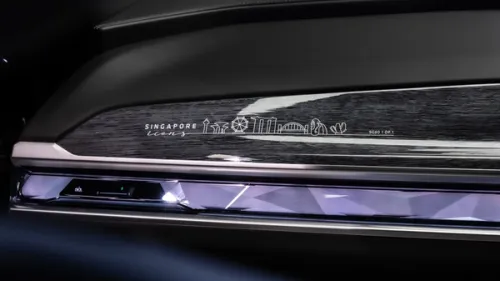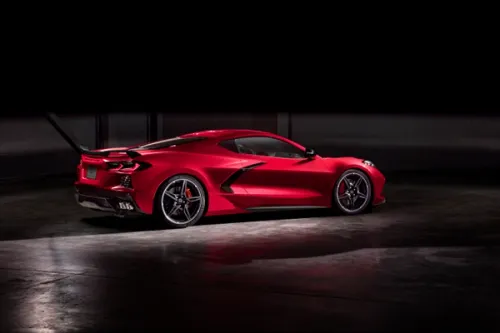Europe: Ultra-economical Audi A4 TDI gets the ‘e’ treatment
New A4 2.0 TDIe combines 3.9 liters/100 km and 120g CO2 output with strong performance from 134 hp common rail diesel


The Audi A4 earns the right to use the ‘e' suffix that subtly signifies major strides forward in economy and emissions control as already proven by the Audi A3 1.9 TDIe and the A6 2.0 TDIe.
Available exclusively in saloon form, the new A4 2.0 TDIe joins the range alongside the three existing, and continuing, 2.0-litre TDI variants, and employs the very latest efficiency measures to make 61.4mpg and 120g/km CO2 output a reality.
Thanks to the punchy 134 hp version of the 2.0-litre TDI engine first seen in the A6 2.0 TDIe, the new acutely economy-focused A4 will avoid reminding drivers that they have chosen to give priority to efficiency each time the accelerator pedal is pressed.
Delivering peak power at 4,200rpm and a healthy 320Nm of torque from 1,750rpm, the directly injected diesel with its sophisticated piezo injectors will enable the exclusively six-speed manual A4 2.0 TDIe to reach 62mph from rest in 9.5 seconds and to continue to a top speed of 230 km/h.
Although worthy of many more ‘conventional' executive cars, this impressive performance data doesn't preclude an exceptional combined economy figure of 3.8 liters/100 km and an impressively low CO2 output of 120g/km in the A4 2.0 TDIe.
Of the acutely efficiency-focused premium compact executive contenders, the A4 2.0 TDIe arguably achieves the best compromise between power, performance, economy and emissions.
It does so with the help of numerous modifications and new technologies, principal among these being the latest automatic start-stop and energy recuperation systems.
[B][U]Start-stop saves 5g/km[/B][/U]
The start-stop system cuts engine power at idle when the clutch pedal is released and the gear lever is in its neutral position, and then restarts in just two-tenths of a second - more rapidly than any other comparable system - when the clutch is depressed.
With the system's help, economy is boosted and CO2 is reduced by approximately 5g/km, but if required it can be deactivated at the touch of a button.
Recuperation technology provides further fuel and CO2 savings by recycling a proportion of the wasted kinetic energy which is generated under normal braking and normally dissipated as heat, and storing this temporarily in the vehicle battery to reduce the engine load when the car subsequently accelerates again.
The achievement of ‘e' status in the A4 has also been helped by a five per cent increase in the six-speed manual transmission's final drive ratio, by the installation of a power steering pump which operates only on demand and by the use of low rolling resistance tyres.
The ‘e' model also conserves fuel by slipping more cleanly through the air thanks to an additional streamlining underbody trim panel, extra enclosure for the radiator grille and sports suspension settings which help to reduce drag through a 20mm ride height reduction
[B][U]On-board efficiency advice[/B][/U]
In common with the 118 hp, 141 hp and 168 hp TDI models, the TDIe also features a special instrument cluster with an efficiency-focused version of the Driver's Information System (DIS) which recommends gear shift points and gives situation-specific driver advice on how to optimize fuel efficiency based on sensor analysis of driving conditions and driving style.
The recommendations provided by the system, incorporated into the dashboard, have been proven to improve fuel economy by as much as 30 per cent.
[IMG]http://www.oneshift.com/showroom/uploadimages/resized-2009071005747605.jpg[/IMG]
Credits: JRC


Get the Best Price for your used car
from 500+ dealers in 24 hours

- Convenient and Hassle-Free
- Consumer Protection
Transparent Process
With No Obligation








